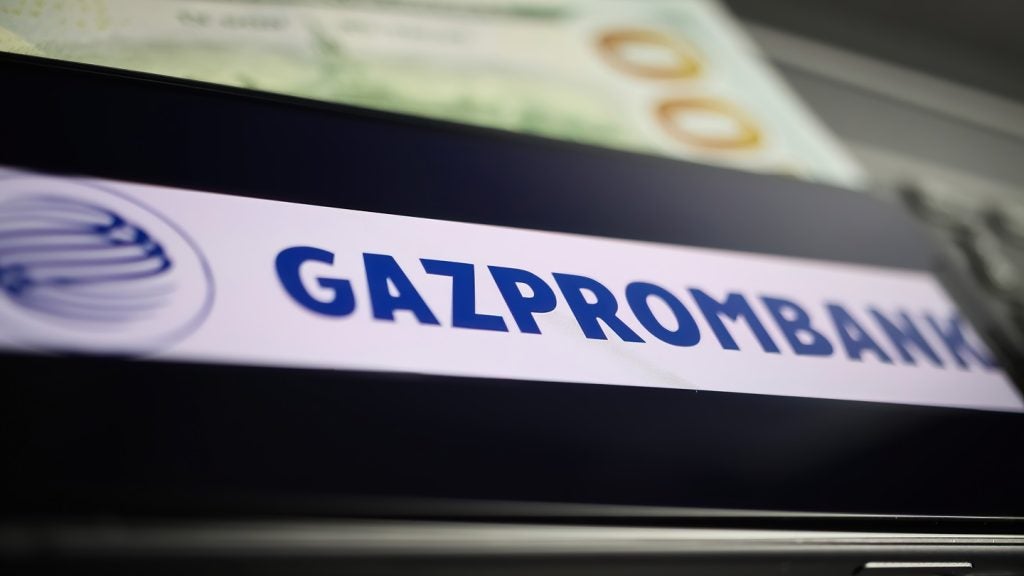New research from Raiffeisen
concludes that retail banking markets in Central and Eastern Europe
will continue to boom for the next decade. At the moment, the
strongest growth is coming from Russia, Ukraine and Serbia, while
foreign banking groups such as UniCredit are continuing to invest
heavily across the region.
The balance-sheet total of all banks in Central and Eastern
Europe (CEE) grew by 28 percent in 2006, after a record growth rate
of 31.2 percent for 2005, and breached the €1 trillion ($1.4
trillion) barrier for the first time.
Looking forward, the retail banking markets in CEE are expected to
show major long-term growth potential, with market volume to double
by year-end 2011 to €2.5 trillion. The market volume is forecast to
amount to more than €5 trillion in 2016, which corresponds to an
average annual growth rate of about 17 percent, according to latest
annual study* of the market from Austria’s Raiffeisen Zentralbank
Österreich, to be published in early October.
“After the record obtained in 2005, this is the second-biggest
annual growth for this region. At present, we see no indications
for a significant slackening of the long-term growth trend,” said
Walter Demel, senior analyst at Raiffeisen and co-author of the
study.
From a regional perspective, the banking markets of the
Commonwealth of Independent States (CIS), which includes Belarus,
Russia and Ukraine, grew 41.7 percent in asset terms, while those
of South-Eastern Europe increased by 36.7 percent. The banking
markets of Central Europe, more advanced in terms of banking market
development, grew by 15.8 percent.

How well do you really know your competitors?
Access the most comprehensive Company Profiles on the market, powered by GlobalData. Save hours of research. Gain competitive edge.

Thank you!
Your download email will arrive shortly
Not ready to buy yet? Download a free sample
We are confident about the unique quality of our Company Profiles. However, we want you to make the most beneficial decision for your business, so we offer a free sample that you can download by submitting the below form
By GlobalData
When looking at the individual countries, Serbia (which grew 51
percent), Romania (47 percent), Ukraine and Russia – these two are
the largest banking markets in the region and each grew 42 percent
in terms of assets – as well as Bulgaria and Belarus (each 28
percent), achieved above-average growth in 2006 on a euro basis.
Slovakia recorded the lowest increase, which still amounted to a
notable 10 percent, said Demel.
Raiffeisen’s forecasting model, introduced last year to analyse the
long-term development of the CEE banking market, has been expanded
and now covers the period up to and including 2016. A central
conclusion of the forecast model is that the CEE banking markets
are expected to more than double banking assets by year-end 2011,
and double again by 2016. The forecast model uses the relationship
between the value added to national economies and the share of the
aggregated balance-sheet totals in GDP.
The calculations for the forecast also show that the banking
markets in the CIS will develop much more quickly than those of the
new EU member states. An average growth of 21 percent per year is
forecast for CIS markets for the period up to 2011. The respective
figures are 16.6 percent per year for South-Eastern Europe and 15.6
percent per year for Central Europe. As a result, analysts at
Raiffeisen expect that in 2008, for the first time, the aggregated
balance-sheet total of the CIS will be higher than that of Central
Europe.

Attracting international banks
As a result of the strong growth rates in CEE, the region will
continue to be attractive to domestic and international banks.
Economic growth will continue to record high rates (the forecast
for CEE is 6.6 percent for 2007, compared to 2.7 percent for the
eurozone); the growth potential of the banking industry, though,
will continue to be a multiple of this figure. In recent years, the
banks developed, on average, about three times more dynamically
than the overall economic performance. This trend is expected to
continue.
Significantly, according to the research from Raiffeisen, it is
retail banking that will remain the most dynamic market and the
biggest growth engine. “As the incomes of large parts of the
population in the countries of the region continue to rise,
customers show a fast-growing demand for bank products, both on the
lending and the deposit side. As a result, almost all international
banks operating in the region are now focusing on this promising
customer segment,” said Demel. “The boom in retail lending is
continuing.”

Extraordinarily high growth rates in
2005
After the extraordinarily high growth rates of 2005, when the
market for loans to private households in Ukraine went up by 175
percent and in Russia by 111 percent, growth has slightly slowed
down, in relative terms. In 2006 the volume of loans to private
households in Ukraine increased by 110 percent over the year
before, in Romania by 100 percent and in Russia by 73
percent.
In absolute figures, though, growth continues unabated at a high
level. The volume of loans to private households in Ukraine, for
example, rose from €5.6 billion at year-end 2005 to €11.8 billion.
The volume therefore expanded by about €6.2 billion in 2006. The
year before, it increased €3.6 billion.
These growth rates show that there is still much pent-up demand,
especially in the CIS countries, argues Raiffeisen. In the Slovak
banking market, which is more highly developed by comparison to
other CEE economies, the volume of retail lending went up by 46
percent.
“We see that the greatest demand is to finance housing property,
cars and consumer goods. On the one hand, there is an incredible
pent-up demand and, on the other hand, demand is further boosted by
increases in income,” Demel said.
The magnitude of the long-term potential of this industry can be
gleaned, said Demel, from a comparison of the loan volume to the
overall economic performance. In the eurozone, retail lending
accounted, on average, for a total of 54.1 percent of GDP at
year-end 2006. In Central Europe and South-Eastern Europe, however,
the values were 17.5 and 17.7 percent of GDP, and only 8.3 percent
in the CIS countries. “The regions are in different stages of their
development. As a result, there are major differences in growth
rates. The share of retail lending to gross domestic product of the
CIS went up from 5.7 percent in 2005 to the 8.3 percent seen in
2006,” concluded Demel.

International banks growing more
quickly
Stefan Maxian, co-author of the report, added: “The international
banks in CEE are growing significantly faster than the overall
market, which is due, amongst others, to their intensive merger and
acquisition activities.”
As a result, the banks are also a major driving force behind the
overall economic growth of the region. With an average annual
balance-sheet growth of 37.1 percent between 2001 and 2006,
Raiffeisen International grew most strongly in the past five years.
Due to a number of acquisitions, UniCredit grew by 31.7 percent,
and OTP in Hungary, which also engages in major take-over
activities, reached 27.6 percent.
Russia’s Sberbank has a balance-sheet total of €100.5 billion and
remains the biggest bank in CEE.
UniCredit is the largest international banking group with an
extensive presence in CEE – its consolidated balance-sheet total
amounts to €91.0 billion. Austrian banks hold second and third
places: Erste Bank with €59.3 billion and Raiffeisen International
with €55.9 billion.
With a balance-sheet total of €42.6 billion, KBC from Belgium ranks
fourth. France’s Société Générale (€40.0 billion) is
fifth.
*The CEE Banking Sector Report
will be available in print in early October. The report offers
in-depth coverage of the 15 most important banking markets in the
region.








